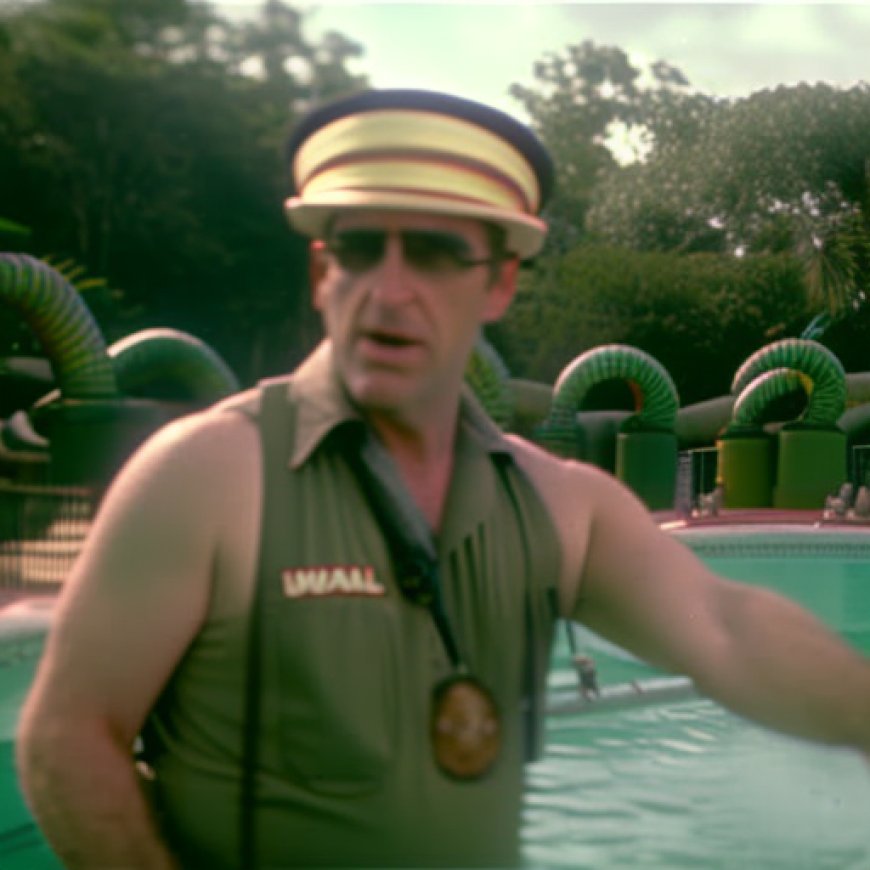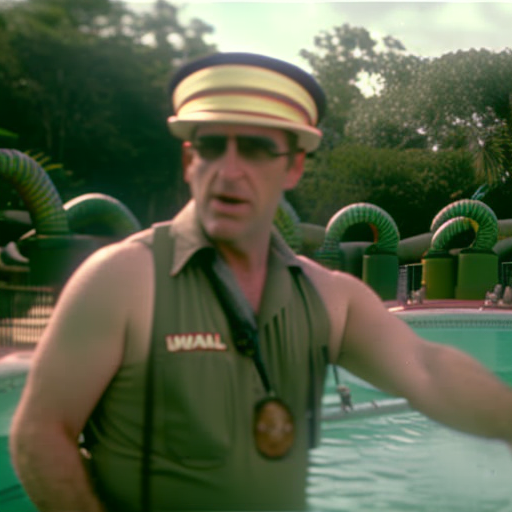Zoo Miami water park has a new outspoken critic: the zoo’s longtime spokesman
Zoo Miami water park has a new outspoken critic: the zoo's longtime ... WLRN


Controversial Plan to Build Miami Wilds Water Theme Park Near Zoo Miami Faces Criticism
Updated at 12 p.m. on Sept. 7, 2023.
A controversial plan to build the Miami Wilds water theme park near disappearing pine rocklands at Zoo Miami has received criticism from popular zoo spokesman Ron Magill. In an editorial published in a small local community newspaper, Magill expressed his opposition to the project, stating that it goes against the zoo’s conservation mission. Magill, who has been with the zoo for over 40 years, is willing to risk his job to stand up for his beliefs.
Project Details and Environmental Concerns
The 67-acre project, which includes the construction of a water park and a hotel near the zoo, was approved in 2020. However, several conservation groups filed a lawsuit in February, seeking to block the deal. They argued that federal wildlife officials had failed to complete environmental studies before lifting restrictions to allow the water park. The area where the park is planned is home to the largest fragment of pine rockland outside Everglades National Park, with less than 3% of it remaining. This unique ecosystem supports numerous threatened and endangered species, including 17 found in the targeted area.
Concerns Raised by Ron Magill
Magill’s main concern is that the water park project would harm the habitat of the bonneted bats, the largest bat species in North America. These bats rely on the forest’s open canopy to hunt for food, and the proposed location of the water park is their primary foraging grounds. Magill believes that if the zoo is the last place where a species of animal can be seen, then zoos have failed in their conservation efforts.
Past Controversies and Environmental Impact
This is not the first time that development near the zoo has drawn criticism. A decade ago, a strip mall and apartments were approved on pineland next to the zoo, resulting in the discovery of more endangered species than expected. The Miami tiger beetles, considered extinct for decades until their rediscovery in 2006, were added to the endangered species list in 2016. Despite a conservation plan that included areas for pineland restoration, the strip mall has had a negative impact on wildlife.
Downsizing and Remaining Concerns
Due to the criticism, the project has been slightly downsized. The hotel originally proposed closer to the zoo will now be moved to nearby land where affordable housing is currently located. However, concerns still remain regarding the water park and the redevelopment of a sprawling parking lot, which would include parking fees.
Lawsuit and Lack of Federal Assessments
The Center for Biological Diversity, Bat Conservation International, Tropical Audubon, and the Miami Blue chapter of the North American Butterfly Association filed a lawsuit after federal wildlife managers failed to provide environmental impact studies. The groups argued that two assessments under the Endangered Species Act and National Environmental Policy Act were required to lift deed restrictions on the land. Miami-Dade County joined the federal agencies in fighting the case. Amending the lease to allow more time for the completion of the studies would render the lawsuit moot.
Concerns about Mitigation Plans
Even if potential harm is found in the studies, it is unlikely to completely halt development. Instead, mitigation plans would be required to minimize the impact on endangered wildlife. However, Magill worries that these plans may not be sufficient to protect the endangered species. He emphasizes the importance of the parking lot as a foraging place for the bonneted bats, which transform the seemingly ordinary pavement into a vital habitat for their survival.
Magill’s Determination
Magill has made it clear that he is speaking for himself and not on behalf of the zoo. He is determined to continue voicing his opposition to the water park project, even if it means facing backlash. He believes that there must be another location to build the water park and will persist in expressing his strong opposition.
SDGs, Targets, and Indicators
1. SDGs Addressed or Connected to the Issues Highlighted in the Article
- SDG 15: Life on Land
- SDG 11: Sustainable Cities and Communities
2. Specific Targets Based on the Article’s Content
- Target 15.5: Take urgent and significant action to reduce the degradation of natural habitats, halt the loss of biodiversity, and protect and prevent the extinction of threatened species.
- Target 11.7: By 2030, provide universal access to safe, inclusive, and accessible, green and public spaces, particularly for women and children, older persons, and persons with disabilities.
3. Indicators Mentioned or Implied in the Article
- Indicator 15.5.1: Red List Index
- Indicator 11.7.1: Average share of the built-up area of cities that is open space for public use for all, by sex, age, and persons with disabilities
4. Table: SDGs, Targets, and Indicators
| SDGs | Targets | Indicators |
|---|---|---|
| SDG 15: Life on Land | Target 15.5: Take urgent and significant action to reduce the degradation of natural habitats, halt the loss of biodiversity, and protect and prevent the extinction of threatened species. | Indicator 15.5.1: Red List Index |
| SDG 11: Sustainable Cities and Communities | Target 11.7: By 2030, provide universal access to safe, inclusive, and accessible, green and public spaces, particularly for women and children, older persons, and persons with disabilities. | Indicator 11.7.1: Average share of the built-up area of cities that is open space for public use for all, by sex, age, and persons with disabilities |
Explanation:
1. The article highlights the controversy surrounding the construction of a water theme park near disappearing pine rocklands at Zoo Miami. This issue is directly connected to SDG 15: Life on Land, which aims to protect and conserve terrestrial ecosystems and biodiversity. It is also connected to SDG 11: Sustainable Cities and Communities, as it involves the development of a water park and hotel in an area with endangered species.
2. Based on the article’s content, the specific targets that can be identified are Target 15.5 (reducing degradation of natural habitats and protecting threatened species) and Target 11.7 (providing universal access to green and public spaces).
3. The article mentions the presence of threatened or endangered species in the area targeted for the park, indicating the need to measure progress in protecting these species. This can be done using Indicator 15.5.1, which measures the Red List Index, a key indicator of biodiversity loss. Additionally, the article discusses the need for open spaces for public use, which can be measured using Indicator 11.7.1, which tracks the average share of built-up areas that are open space for public use.
4. The table summarizes the findings from analyzing the article, listing the relevant SDGs, targets, and indicators.
Behold! This splendid article springs forth from the wellspring of knowledge, shaped by a wondrous proprietary AI technology that delved into a vast ocean of data, illuminating the path towards the Sustainable Development Goals. Remember that all rights are reserved by SDG Investors LLC, empowering us to champion progress together.
Source: wlrn.org

Join us, as fellow seekers of change, on a transformative journey at https://sdgtalks.ai/welcome, where you can become a member and actively contribute to shaping a brighter future.







